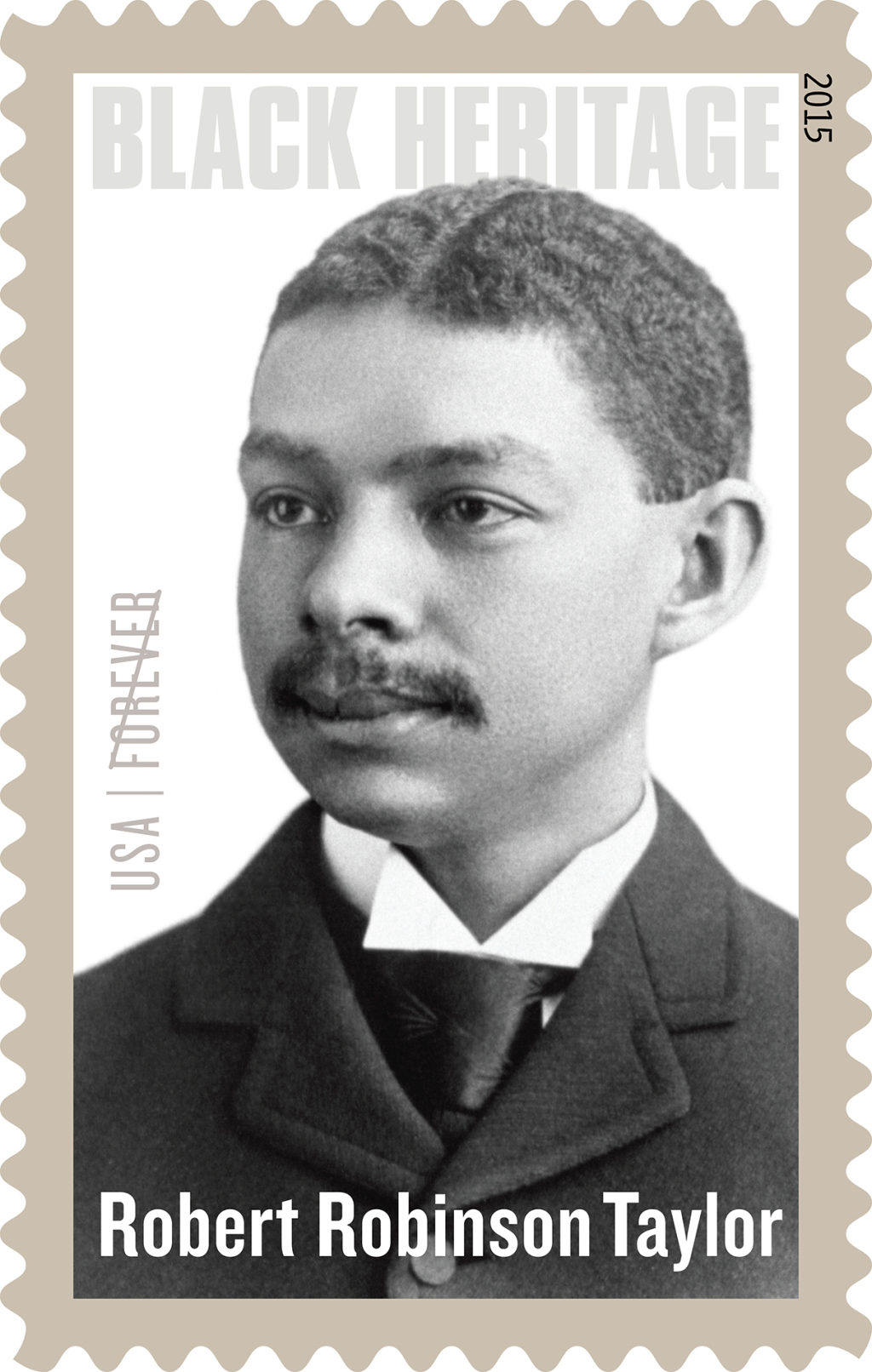Taylor, Robert Robinson (1868-1942), was an influential African American architect. Taylor spent most of his 40-year career as architect and professor at the Tuskegee Institute (now Tuskegee University) in Tuskegee, Alabama. During that time, he influenced generations of African American architects.

Taylor was born on June 8, 1868, in Wilmington, North Carolina, into a middle-class Black family. He was educated in schools for African Americans in Wilmington. In 1888, Taylor enrolled in the School of Architecture at the Massachusetts Institute of Technology (MIT). In 1892, he became MIT’s first Black graduate. Soon after, Booker T. Washington, the founder of Tuskegee Institute, hired Taylor to serve as the school’s architect, planner, and construction supervisor. Taylor also taught architectural drawing and was director of industrial training. Taylor remained at Tuskegee until his retirement in the early 1930’s, except for a brief time from 1899 to 1902.
Taylor designed many buildings on the Tuskegee campus, beginning with the Science Hall (1893). Taylor considered the school Chapel (1898) his masterpiece. The Chapel, a graceful round-arch building, was destroyed by fire in 1957. Taylor’s other campus buildings included the Oaks (1899), the residence of the school president, and the school laundry (1915), now the George Washington Carver Museum.
In 1929, Taylor went to Kakata, Liberia, to design the Booker T. Washington Agricultural and Industrial Institute, the country’s first agricultural and vocational school. Taylor was also involved in the design and construction of schools and houses in Arkansas, Mississippi, North Carolina, Tennessee, and Virginia. In addition, Taylor designed the Carnegie Library at Livingstone College, a Black school in Salisbury, North Carolina, and collaborated on projects with the Black architects Leo Persley and Sidney Pittman.
After retiring from Tuskegee, Taylor returned to Wilmington, where he was a trustee for Fayetteville State Teachers College. He died on Dec. 13, 1942.
